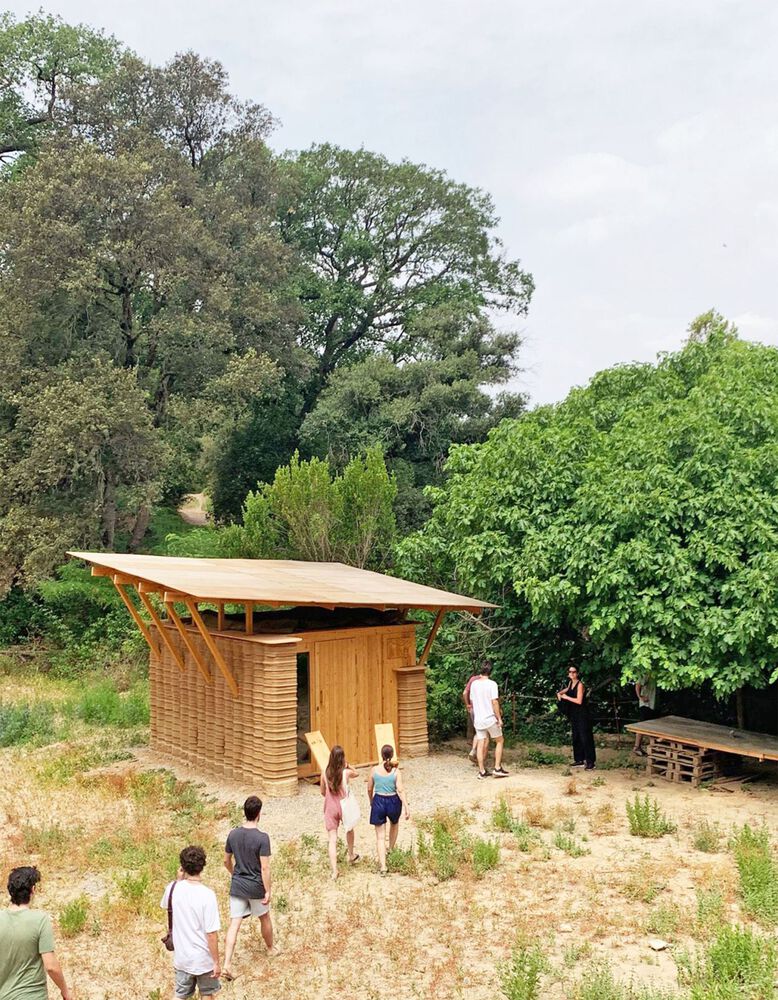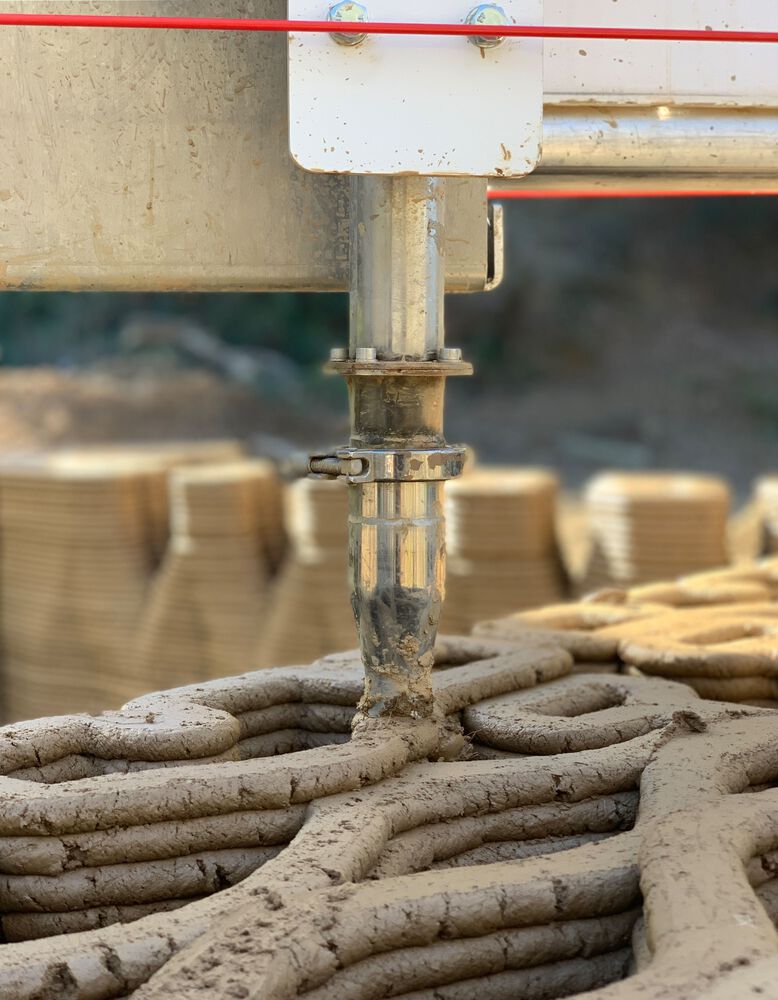5 June, 2023
Welcome to this week’s JMP Report
Last Week saw 3 stocks trade on the local market. BSP traded 1,155,788 shares, closing steady at K12.85, CCP traded 75,058 shares, trading 1t lower to close at K1.99 and CPL traded 92,938 shares trading steady at K0.80.
WEEKLY MARKET REPORT | 28 May, 2023 – 1 June, 2023
| STOCK | QUANTITY | CLOSING PRICE | CHANGE | % CHANGE | 2021 FINAL DIV | 2021 INTERIM | YIELD % | EX-DATE | RECORD DATE | PAYMENT DATE | DRP | MARKET CAP |
| BSP | 1,155,788 | 12.85 | – | 0.00 | K1.4000 | – | 13.53 | THUR 9 MAR 2023 | FRI 10 MAR 2023 | FRI 21 APR 2023 | NO | 5,317,971,001 |
| KSL | 0 | 2.20 | – | 0.00 | K0.1610 | – | 9.93 | FRI 3 MAR 2023 | MON 6 MAR 2023 | TUE 11 APR 2023 | NO | 64,817,259 |
| STO | 0 | 19.10 | – | 0.00 | K0.5310 | – | 2.96 | MON 27 FEB 2023 | TUE 28 FEB 2023 | WED 29 MAR 2023 | YES | – |
| KAM | 0 | 0.95 | – | 0.00 | – | – | – | – | – | – | YES | 49,891,306 |
| NCM | 0 | 75.00 | – | 0.00 | USD$1.23 | – | – | FRI 24 FEB 2023 | MON 27 FEB 23 | THU 30 MAR 23 | YES | 33,774,150 |
| NGP | 0 | 0.69 | – | 0.00 | – | – | – | – | – | – | – | 32,123,490 |
| CCP | 75,058 | 1.99 | -0.01 | -0.50 | K0.225 | – | 6.19 | FRI 24 MAR 2023 | WED 29 MAR 2023 | FRI 5 MAY 2023 | YES | 569,672,964 |
| CPL | 92,938 | 0.80 | – | 0.00 | K0.05 | – |
4.20 |
WED 22 MAR 2023 | THUR 30 MAR 2023 | THU 30 JUL 2023 | – | 195,964,015 |
Dual listed Stock
–
BFL – 4.80 – 9c
KSL – 74c -3c
NCM – 27.50 +1.60
STO – 7.44 -1c
Order Book
Our Order Book starts the week as nett buyers of BSP, STO NCM and nett sellers of CCP and KSL
Interest Rate Markets
Most of the volume in this weeks Central Bank Bill Market was in the 7day money, averaging 2.21%. In the 364 day TBills, the average was 2.99% leaving the market oversubscribed by 175mill and issued 242mill.
Credit Corp leads the 12mth Finance Company money at 2.35%
Other Asset Markets
Gold – 1964 – .25%
Silver – 23.66 – .37%
Natural Gas 2.21 +1.57%
Bitcoin – 27,160 -3.73% (7days)
Ethereum – 1891 -.94% (7days)
PAXGold – 1947 -.80% (7days)
What we’ve been reading this week
Three Megatrends for FY24 and Beyond
Fri 02 June 2023 – Arian Neiron, VanEck Australia

The global forces that are changing markets for long-term investors.
Key points
- Megatrends refer to long-term trends that have profound effects on society.
- Some investors ensure their portfolio has exposure to these trends.
- Thematic Exchange Traded Funds (ETFs) can provide exposure to megatrends.
The world is changing rapidly, and several megatrends are emerging that will shape our future.
A megatrend is a long-term and pervasive shift in the global environment that has a profound impact on society, economy and culture. These trends may be characterised by their ability to shape the future and influence the way people live and how businesses operate.
Megatrends are typically driven by technological, social, economic and environment factors and can take decades to unfold.
There are three significant trends that VanEck believes are currently influencing the global ecosystem:
- Climate change and resource scarcity
- Escalating healthcare needs
- The rise of Chinese millennials.
Selectively investing in areas that are positioned to benefit from these structural growth trends can potentially benefit investors over the longer-term, in VanEck’s opinion.
[Editor’s note: Do not read the following commentary as a recommendation to invest in products that provide exposure to megatrends. Like all investment products, thematic Exchange Traded Funds (ETFs) have potential benefits and risks. Some thematic ETFs have high stock concentration (which reduces diversification), currency risk and charge higher fees than ETFs over broad indices. Also, the investment performance of some thematic ETFs can be volatile as market and media hype about a megatrend waxes and wanes].
- Climate change and resource scarcity
Climate change and resource scarcity are arguably the most pressing of these trends, as they pose significant challenges to global sustainability.
Climate change refers to the long-term alterations in the Earth’s climate, which result from human activities such as burning fossil fuels and deforestation. The effects of climate change are already being felt around the world, with climbing temperatures, increased frequency of extreme weather events and rising sea levels.
Resource scarcity, on the other hand, refers to the growing global demand for natural resources such as water, food, energy, and raw materials, which is putting pressure on finite resources and contributing to environmental degradation.
Signs of growing interest in environmentally sustainable solutions to mitigate climate change are in plain sight: solar panels are scattered across rooftops, wind turbines churn on open plains, and electric cars glide down highways.
Less visible, but equally important, are the economics at the centre of the transition: the costs to produce renewable energy sources such as wind and solar energy have declined notably in the past decade, while demand has risen.
Forecasters, such as International Energy Agency, are predicting renewables to surpass coal power by 2025, with the world adding twice as much renewable capacity from 2022 to 2027 as in the previous five years.
Government legislation is also creating tailwinds for the climate transition. The passage of the Inflation Reduction Act in the United States last year is the single biggest climate investment in US history. The bill allocates around USD$370 billion to a variety of clean energy technologies.
One area which investors should not overlook in the fight against climate change is compliance carbon markets, which are playing a pivotal role in helping to achieve a more sustainable future.
A compliance carbon market is a framework created by governments which places a requirement on industry to reduce emissions and allows for the purchase and trading of carbon emissions through the creation of carbon credits.
When legislators put a price on carbon, manufacturers, power companies and airlines are required to pay for each tonne of carbon dioxide they emit as part of a country’s efforts to meet its climate targets.
Compliance carbon markets have been delivering real, measurable reductions in emissions for some time now. The European Union’s emissions trading scheme (EU ETS) has cut CO2 from industry by nearly one-third since 2008. California’s cap-and-trade scheme is targeting a 40% reduction by 2030 compared with 1990 levels.
Similar systems are in operation from New Zealand to Canada, with a total of nearly 30 global compliance markets in place or development, based on VanEck’s research.
The European carbon price reached more than €100 a tonne earlier this year in a landmark moment, driving to an all-time high the cost of polluting for companies covered by the program.
What is interesting about carbon markets from an investment point of view is that they have a low correlation [relationship] to other asset classes. In terms of portfolio construction, holding assets that have a low correlation with each other can help reduce an investor’s overall portfolio risk.
- Escalation of healthcare needs
Escalation of healthcare needs is another significant trend that is transforming the world.
Globally, there is currently a demographic shift characterised by an ageing population and declining fertility rates. Additionally, increasing prevalence of chronic diseases is putting unprecedented pressure on healthcare systems around the globe.
This demographic change presents potential opportunities for investors, in VanEck’s opinion. It brings opportunities not only to tackle the declining population but also to benefit from sub-themes such as healthcare innovations and artificial intelligence.
There has been a massive expansion in health care innovations in recent years and several are picking up speed. These breakthroughs are impacting all aspects of health, from the treatment of genetic diseases to new ways to battle cancer.
According to the HIMSS Future of Healthcare Report, 80% of healthcare providers plan to increase investment in technology and digital solutions over the next five years.
Rapid growth areas include telemedicine, personalised medicine, genomics, and wearables.
Biotech companies, medical equipment companies, and healthcare data businesses are leveraging artificial intelligence (AI), cloud computing, extender reality (XR), and the internet of things (IoT) to develop and deliver new treatments and services.
Investors who are interested in riding long-term trends such as ageing, increased healthcare spending, and big data can look to Exchange Traded Funds (ETFs) on ASX as a way to gain broad exposure to the healthcare sector as a whole.
- Rise of Chinese millennials
Finally, the rise of Chinese millennials is a significant trend that is transforming the global economy and culture, in VanEck’s opinion.
As China’s population ages and becomes more affluent, a new generation of consumers is emerging that is reshaping the world’s markets.
Chinese millennials are tech-savvy, socially engaged, and increasingly cosmopolitan, with a global outlook that is shaping their preferences and behaviours. They are driving demand for new products and services, particularly in the areas of technology, entertainment, and luxury goods.
As a result, companies around the world are focusing on China as a key market for growth and innovation. China has the largest millennial population in the world and this younger demographic differs from their predecessors in two important ways:
- They received financial support from their elders and grew up with improved technology and digitalisation;
- They consume more, are less price-conscious and seek instant gratification
The “young generation” in China, those born in the 1980s, ’90s and the first decade of the 2000s, are poised to become a dominant force in the country’s consumer market, according to management advisory firm Boston Consulting Group (BCG).
In fact, the emergence of a more free-spending generation as a major consuming class is one of three megatrends BCG expects to drive a 55% expansion in China’s consumption spending over the next five years. BCG said that consumption within the under-35 set is growing at 14% annually, double that of their elders.
Members of the young generation also outspend their parents and grandparents as well—by as much as 40% in many product categories. Over the next five years, their share of total consumption will reach 53% from its current level of 45%.
One other important thing when considering Chinese younger consumers is that they tend to be college-educated and more sophisticated than other shoppers in the country.
They also LOVE their brands. According to BCG’s research, they tend to recognise more brands than their peers in the US, they often advocate for them either personally or online, and they form stronger emotional bonds with them.
VanEck thinks that China’s domestic brands are set to benefit more than international brands on Chinese consumers’ rising preference for local products and designs.
How to use ETFs to invest in megatrends
There are a number of ETFs listed on the ASX that enable investors to access megatrends. All types of investors can employ these thematic ETFs in their portfolio as a satellite exposure.
With one trade on the ASX they can potentially capitalise on one of the trends outlined above, gaining targeted exposure to the quantum shifts that VanEck anticipates will materialise over coming years and decades.
[Editor’s note: Like all investment products, thematic ETFs have pros and cons. As an index fund, thematic ETFs aim to match the return of an underlying index, positive or negative. In falling markets, thematic ETFs can potentially deliver large negative returns. History shows that megatrends tend to produce many more company losers than winners as the trend unfolds. It’s possible that an index, over which a thematic ETF is based, includes several companies that are unable to benefit from the trend. Moreover, the strength of duration of megatrends can be uncertain. The price of thematic ETFs, particularly during the early stages of trends, can be volatile.]
Spain’s First Building Made With Earth And A 3D Printer: TOVA
Serra Utkum Ikiz, September 12, 2022

TOVA is Spain’s first architectural structure constructed of earth and 3D printers, located in Valldaura Labs in Barcelona. This research project developed by a group of students, researchers, and professionals from the 3D Printing Architecture postgraduate program of the Institute for Advanced Architecture of Catalonia (IAAC). It made in collaboration with WASP utilizing a Crane WASP. It completed in a couple of weeks with 100% local materials and labor, low waste, and a practically zero carbon footprint.
This manufacturing method is applicable all around the world. It can help in times of housing crisis.
Waste-free and adaptable
It is the first of its kind in Spain and stands out as one of the most sustainable and ecologically friendly construction types available today.
The crane WASP and kilometer zero materials used in the building took seven weeks to complete. Because the materials acquired within a 50-meter radius, no trash created during construction. The structure composed of local dirt combined with additives and enzymes to maintain the structural stability and material flexibility required for the house’s optimum 3D printing. The base composed of geopolymer, while the roof is wood.

A waterproof coating applied utilizing raw extracted ingredients such as aloe and egg whites to assure the material’s endurance in weather resistance.
The building’s design considers the Mediterranean’s climatic conditions: the volume is small to protect from the cold in winter. But extendable during the other three seasons, allowing the use of the immediate outdoor environs. The walls control airflow and provide excellent insulation to minimize heat loss and solar radiation.
Near-zero emissions project
Its shell and use of wholly local materials enable waste minimization, making it a trailblazing example of low-carbon architecture, given that existing construction practices account for 36% of CO2 emissions.
This building concept has several uses, from dwellings to public spaces, interiors, and exteriors. It can handle complex and creative structures when combined with other construction technologies, reducing the environmental effect that construction now has.

TOVA could be a solution for the housing emergency crisis
The project designed to serve as a model for sustainable housing that could be developed anywhere globally. This promising technology paves the way for rapid resolution of housing access issues in vulnerable locations or temporary settlements; innovative possibilities for establishing more sustainable and inexpensive places.
IAAC reacts to increasingly significant climate and migration emergencies with this and other initiatives, delivering new solutions that contribute positively to the housing emergency issues that will have to be confronted in the future owing to massive migrations or natural catastrophes. This quick building approach may increase the number of places requiring emergency response for mass housing options; such as asylum-seek communities.

Project Info
Manufacturers: Grasshopper, Rhinoceros 3D, WASP
Program: Estudiantes del programa 3D Printing Architecture 2021-2022
Location: Barcelona, Spain
Project partners: Colette, WASP, UN-Habitat, BAC Engineering, LaSalle, SmartCitizen, Scuares and Living Prototypes Research Innovation
Collaborator/ Technology : WASP
Photography: Gregori Civera, Mehdi Harrak
Plunging LNG Prices Have Traders Bracing for US Export Cancellations
Joachim Gessner – Director Global Energy Procurement & Risk Management
“As the prices are going down so strongly, I am wondering will there be a point at which LNG suppliers start scaling down production?” Andy Sommer, head of fundamental analysis and modeling at Axpo Solutions AG, said in an interview”
“…As global liquefied natural gas prices nosedive, traders are bracing for the possibility that US cargoes will be canceled in the coming months.
Asian LNG spot prices are down more than 85% from last year’s record highs, falling to lows not seen since May 2021. European gas prices have slumped 70% over the past year. Traders gathered at an annual energy fair in Essen, Germany, this week debated whether slumping prices and lackluster demand could trigger a supply-side response.
If prices fall further, it may not make economic sense to export LNG from the US – a reversal of the situation a year ago, when prices hit record highs following Russia’s invasion of Ukraine.
Should steep declines continue, then by September — when European storage sites are full — companies contracted for US cargoes may cancel scheduled shipments to avoid massive losses. This hasn’t happened since 2020 when cargoes were refused in droves and millions of dollars in penalties were paid out.
The impact could be significant – with gas trapped at home in the US, that could send domestic prices plummeting to fresh lows. For Europe, it would put at risk a fragile market balance after nations beefed up security of supply following the turmoil that followed Russia’s invasion of Ukraine.
To be sure, current price spreads to Europe and Asia still show wide enough margins to justify US cargo loadings. BloombergNEF data shows US LNG is still in the money through November, based on global spreads. Any tightening of global supply, such as from maintenance or the Atlantic hurricane season, could also contribute to keeping price spreads wide and justifying US loadings.
LNG traders in Europe and Asia echoed that sentiment, saying prices need to fall below $5 per million British thermal units before scrapping scheduled US deliveries comes into play. Prices are presently about $9 per million Btu, after soaring above $71 in August.
I hope you have enjoyed this week’s read, please feel free to contact me if you would like to open a trading account.
Have a great week.
Regards,
Head, Fixed Interest and Superannuation
JMP Securities
Level 1, Harbourside West, Stanley Esplanade
Port Moresby, Papua New Guinea
Mobile (PNG):+675 72319913
Mobile (Int): +61 414529814